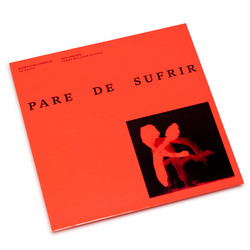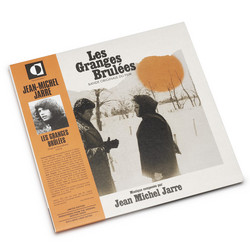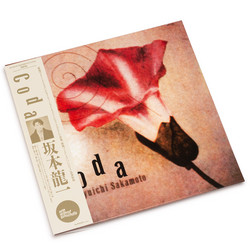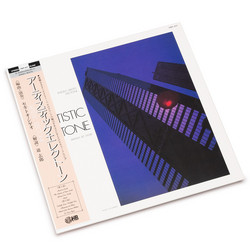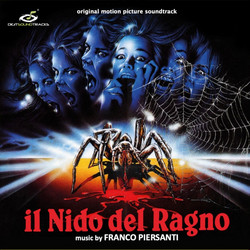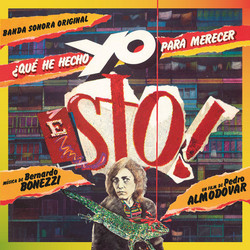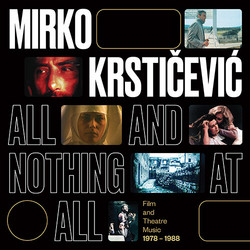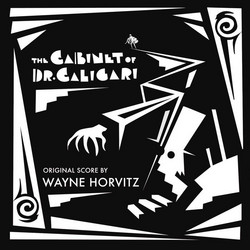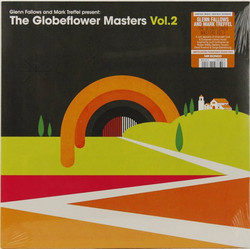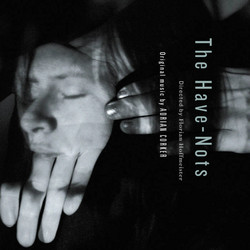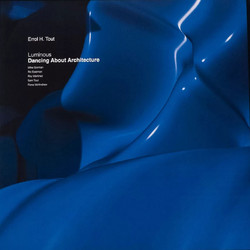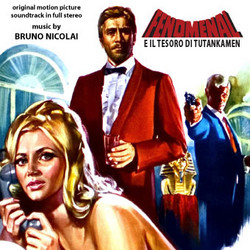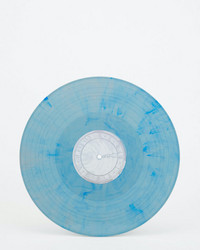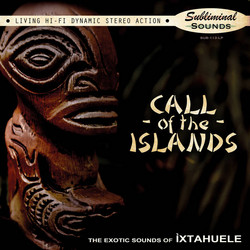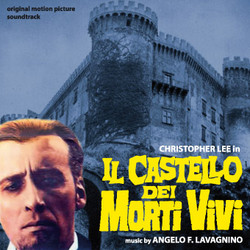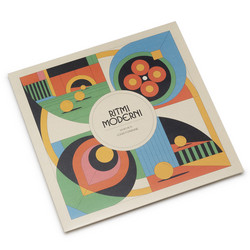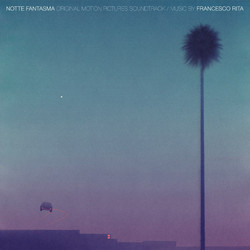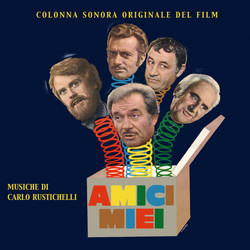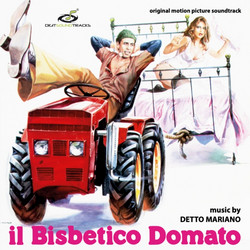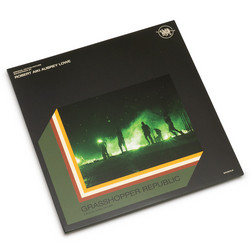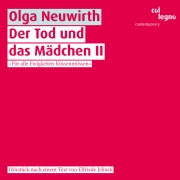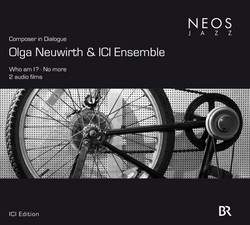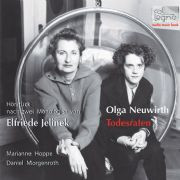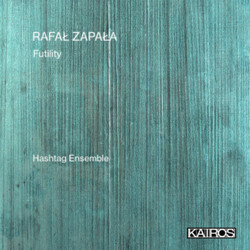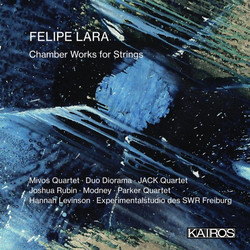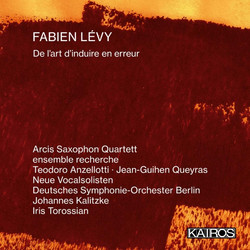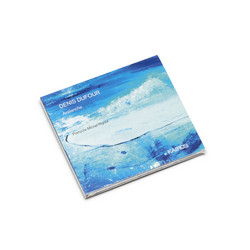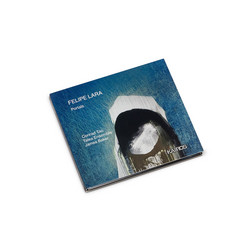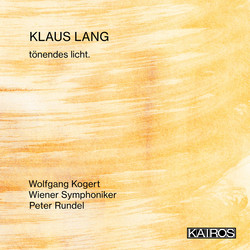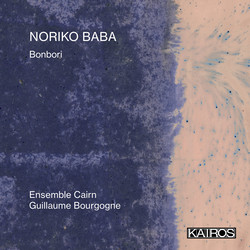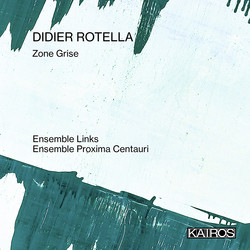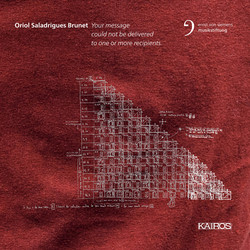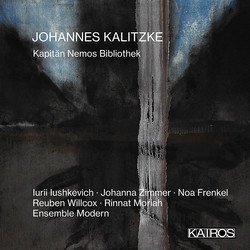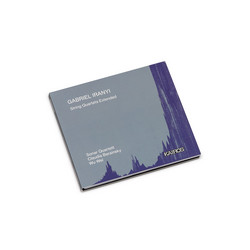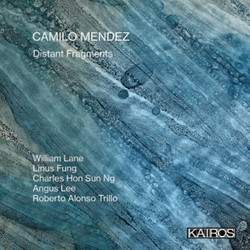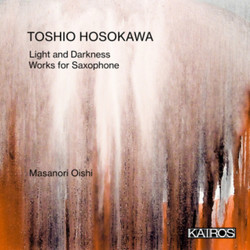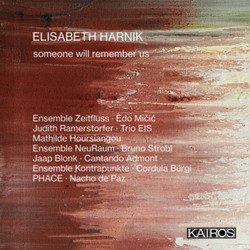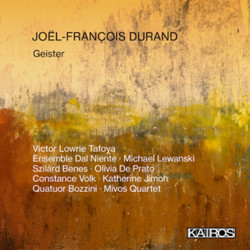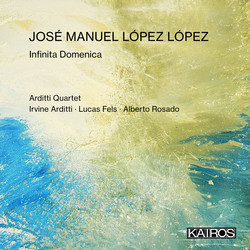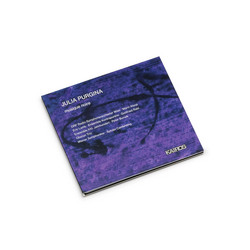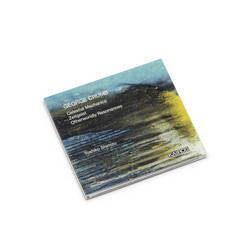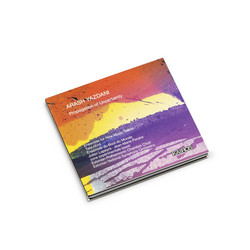Olga Neuwirth
Original Soundtrack to "Goodnight Mommy"
** In process of stocking ** Written and directed by Veronika Franz and Severin Fiala in 2014, Goodnight Mommy (original title: Ich seh Ich seh) received outstandingly wide and positive international reviews. Even the two-minute trailer to this movie is dominated by Olga Neuwirth’s sounds, and the online journal dvd-forum.at when reviewing the cinema premiere particularly noted that Goodnight Mommy was “accompanied with mesmerizing music by Olga Neuwirth.” The fact that this is only partially true results from a remix of the composer’s original concept by the directors which omitted not only a few complete tracks, but also the music that was written for the final credits. The former leads to the sounds of the cinema version being mainly soft to the extent of nearly being inaudible and therefore less present in the viewer’s perception. It becomes difficult to distinguish between mere soundscapes, real additions to the visual effects or the intention to illustrate certain interior or exterior settings with audio effects.
The latter would have shown Olga Neuwirth’s concept that is in fact an acoustic counterpoint to the visual part of the film and thus adds a multi-layered narrative element. Goodnight Mommy is – in a broad sense – a horror film, proven in its use of scare. In a remote house, the twin brothers Lukas and Elias wait for their mother to return home. When, after a complicated plastic surgery procedure, she finally does, she seems to have changed in more than just her appearance, which is dominated by her face being entirely bandaged. The twins decide to find out the truth about this suddenly strange woman, their relationship to their mother becomes increasingly violent. To this plot, which is visualized with sparse effects, Olga Neuwirth added a meticulously planned cosmos of sounds: Right from the beginning, different qualities can be distinguished which in due course intertwine in various ways.
Low frequency electroacoustic textures and high frequency motifs that resemble sounds created with glass meet – and this is the most obvious reference to the film’s plot – electronically manipulated boys’ voices and the sound of an old piano. Additionally, she adds more effects that resemble various noises or degrees of distortion to the range of frequencies, which results in a wide spectrum of roughness and huff. Particularly this variety leads to an almost haptic quality of sound, which again the composer uses to convey meaning or tension. Yet there are three objects of sound that are based on pre-existing music and play a major role in this soundtrack. Two of these quotes (the lullabies Guten Abend, gut’ Nacht and Weißt du wie viel Sternlein stehen?) are determined by the film’s plot and play an essential part in its story. Franz and Fiala themselves quote a scene from Wolfgang Liebeneiner’s film Die TrappFamilie from 1956, showing the (adoptive) mother with her children, who are dressed in traditional costumes, performing Guten Abend, gut’ Nacht.
This episode from a German sentimental movie from the post-war era is not only the introduction of the lullaby as a central element of the dramaturgy and – being such a cliché image of the idyllic world – the starting point for the narrative stream of the film, but also 6 an ironic anticipation of Franz and Fiala’s own final scene with the mother and their singing children. The second lullaby first appears when, after the mother’s return, the twins go to bed, and Elias puts on a CD that their mother had made for them before going to hospital. Both songs are used by Neuwirth in their original shape, even if she makes immediate identification difficult by the melodic structure being changed or enriched by “wrong” notes and glissandos. Even if that makes the melodies appear without real outlines, they are still very different from all other acoustic elements. Additionally, she very consciously makes use of their differences, which become increasingly important as the film’s actions proceed.
By putting their direct opposites next to each other, she enhances the tension that is associated with the original, idyllic versions of the two melodies. The third quote is a selection of Olga Neuwirth from Franz Schubert’s Psalm 23, which the glass harmonica player Gerald Schönfeldinger has arranged for his instrument and also recorded. It is the beginning of the four-part vocal phrase to the text “The Lord is my shepherd, I shall not want”, which Neuwirth uses both as the melody only as well as the four-part version. Besides in the final credits, which were altered by the directors, this fragment only appears once in the final version of the film, when the boys pray next to a wayside cross in the last third of the film. Even if the Schubert quote by itself is connected to religious 7 affairs, its instrumental representation through the glass harmonica brings it close to the electronic sounds mentioned above, those resembling glass, which appear not only in this score, but also in a number of other film scores by Neuwirth, such as the one for Kurt Mayer’s documentary Erik(A) from 2004 and that for Michael Glawogger’s Das Vaterspiel from 2007/2008. In the original film score, the Schubert quote does not stand by itself: The whole scene has a counterpart in an earlier scene from the first third of Ich seh Ich seh, where the fragment emerges from the electronic layers and quite obviously shows its connection to Neuwirth’s glass-like sound cosmos. In this particular moment, the composer enhances the effect of a scene that proves to be essential later: Elias sneaks into his mother’s bedroom to spy on her, thus violating her private intimacy.
Neuwirth’s use of this quote to balance these two crucial and symmetric moments of the film (this and the praying boys) shows her sensibility for the narrative ability and power of the film music. It also shows that – even if the music on its own was not originally intended to tell a story – this particular piece of film music has a narrative potential, resulting from the elements of sound that were used. While the original film music is only a layer that adds meaning to visual scenes without giving concrete details, this recording of the original sound track makes all elements appear in a quite obvious way and therefore brings a meaning to light that works without the plot or even the images of Ich seh Ich seh, simply because it is an audio drama with its own, logically emerging and developing sound images.
